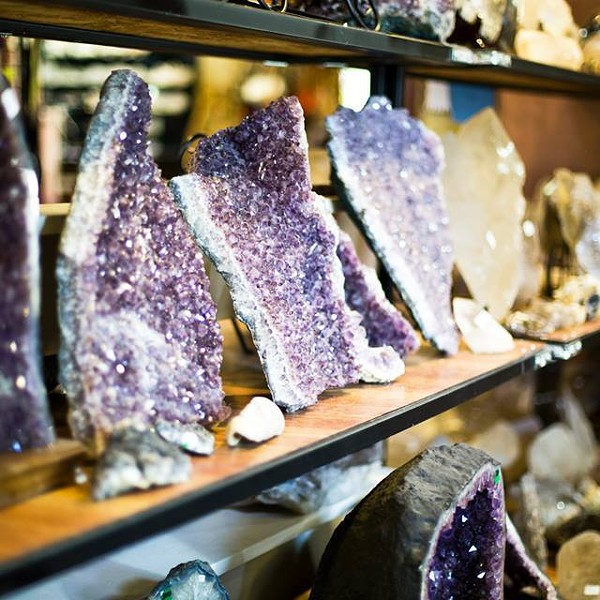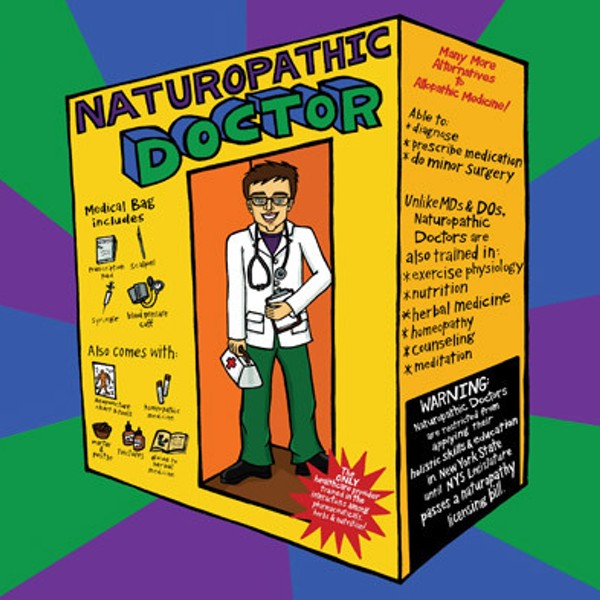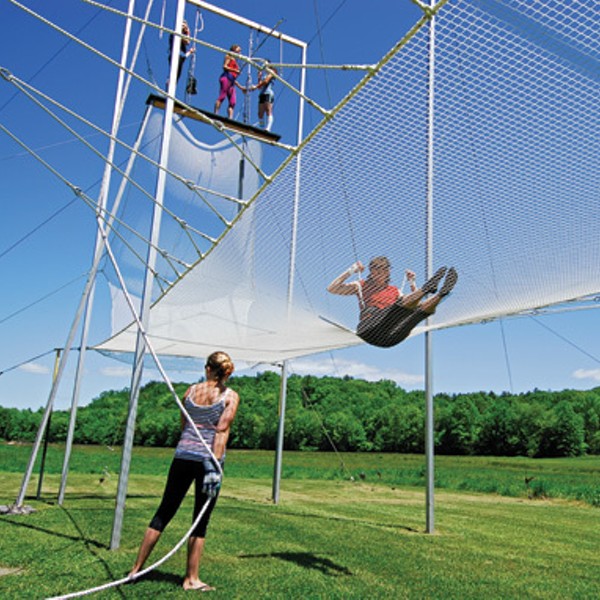Mens sana in corpore sano. (Sound mind in sound body.) The ancient Romans knew it, and so did Socrates when he pointed out that a healthy part can't exist on an unhealthy whole. It's only in the past handful of decades that humans have veered away from the innate wisdom that health, to be genuine, must be holistic. There really is no other kind.
A holistic approach, at its core, is something no honest physician could argue with and still qualify as a healer. Advances in allopathic medicine have been stunning. Conditions that would have been deadly have become annoyances. It's hard to even blame Big Pharma for getting carried away with the notion of a pill for every ill within that cultural moment, and probably ten times harder to find a genuine holistic healer who wouldn't make haste to the nearest ER with a broken bone.
But the more we humans learn, the more we circle back to a knowing we were never meant to lose: that mood and mind do matter, that matter and energy are mysteriously interwoven in ways a microscope can never reveal. That foods filled with live energy heal and synthetic chemicals have a corrosive effect on the body, and that holding in rage can be just as bad.
Many contradictions that were once perceived between allopathic and holistic methods have been proven illusory; a commitment to holistic health doesn't necessarily rule out a painkiller or an antibiotic at the right moment, nor does the usefulness of those measures mean you can't find and heal the underlying imbalance. Why settle for partial health when wellness is an attainable goal?
The field that was once viewed with little but deep suspicion by most MDs now has its own website at the National Institutes of Health, called the Center for Complementary and Integrative Health, complete with "research-based info from acupuncture to zinc" and a working group studying the mind-body connection in collaboration with the Department of Defense and the VA. Guided imagery and massage are state-of-the-art pain management at better hospitals. If your doctor dismisses the whole concept of complementary and integrative medicine with a sneer, it's time to find a new doctor.
The beauty of it is that your path to personal holistic health doesn't have to look exactly like anyone else's, nor should it. As co-founder and current president of the American Holistic Health Association Suzan Walter points out, holistic health is "an approach to life." Certain basics have emerged. Move around. Breathe deep. Eat the freshest, rawest versions of the foods you love. Be around people you're happy to see. Do things that engage your talent. Learn new things.
But how exactly you do it is up to you. Moving around can be yoga or jazz dance, hiking or workouts or water ballet. Breathing deep can be done anyplace, and learning to pay attention to it not only gets more oxygen to the brain, it gives you a go-to key to calm and self-possession. Fresh, raw food can be fruits and berries sweeter than candy, nuts tastier than any fried chip. Being around people you're happy to see can mean anything from a co-housing space or a family full of foster kids to multiple well-tended pets or a monastic cell. Even sweeping a floor or handling a steady flow of retail customers can be done in a way that engages talent. And today, if ever, one could surely live for centuries and not run out of new things to learn. The menu of possible roads to whole is infinite.

















